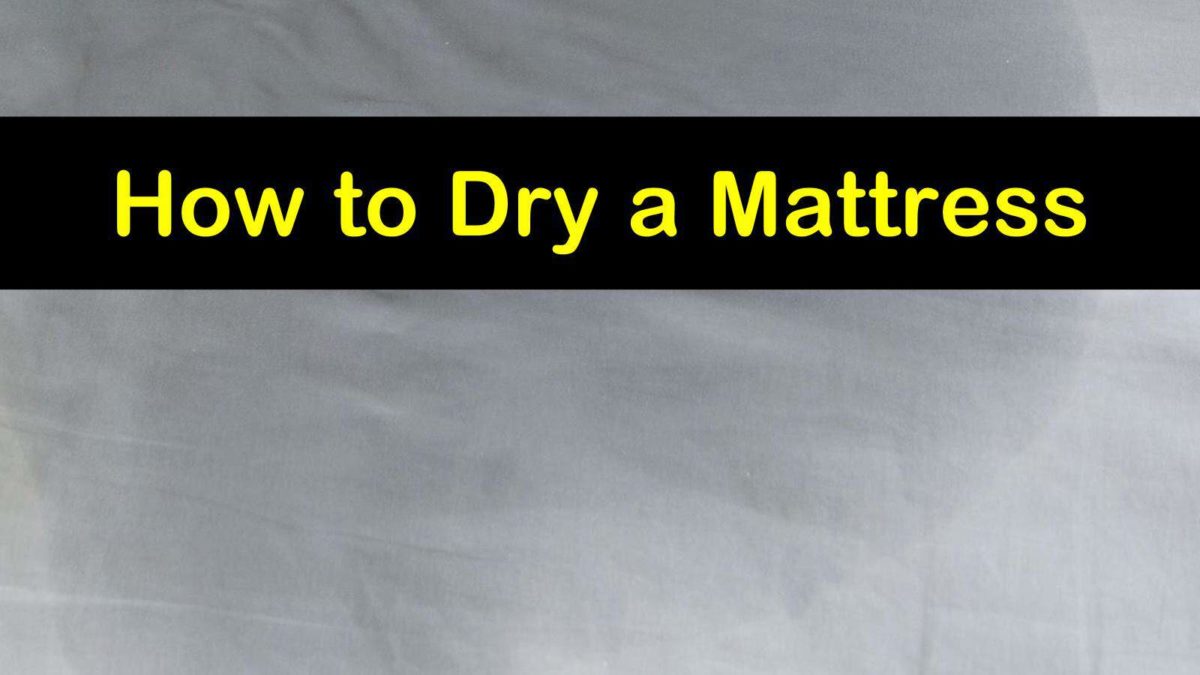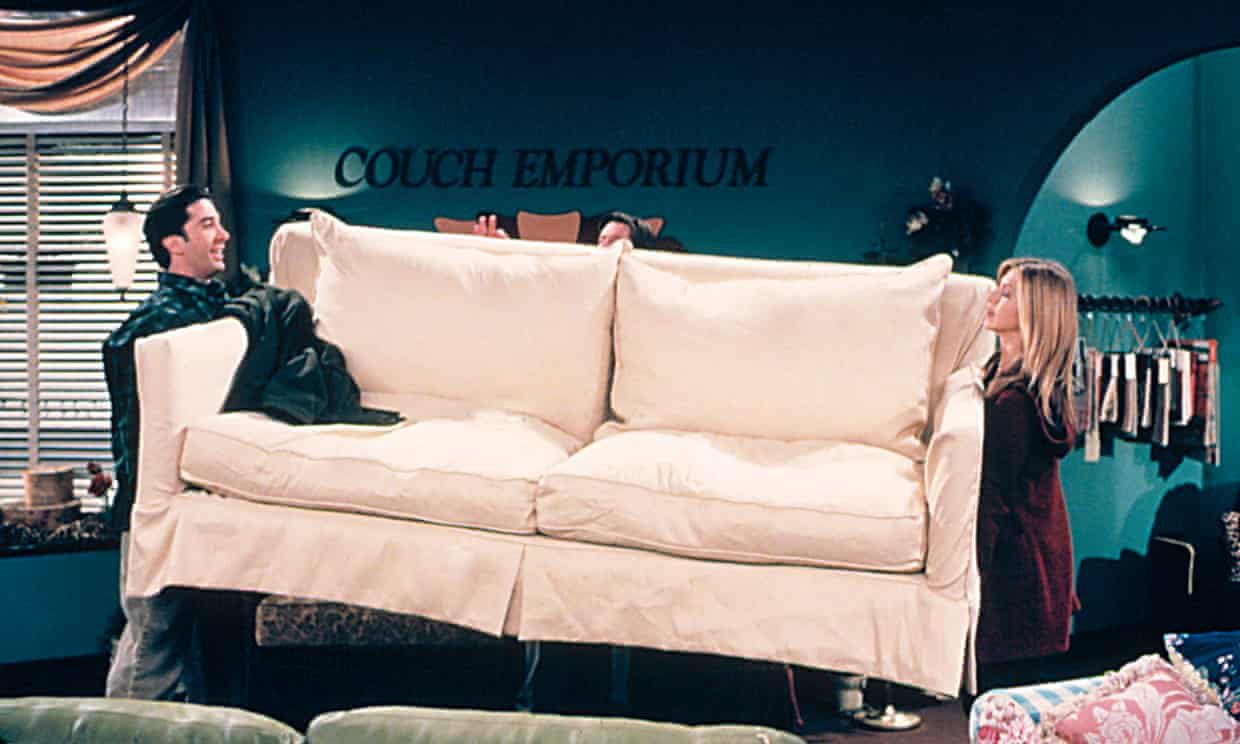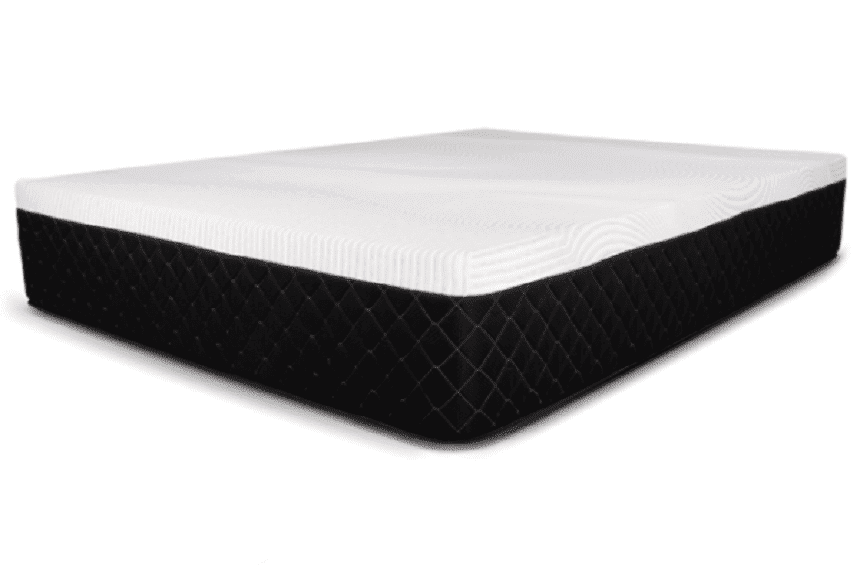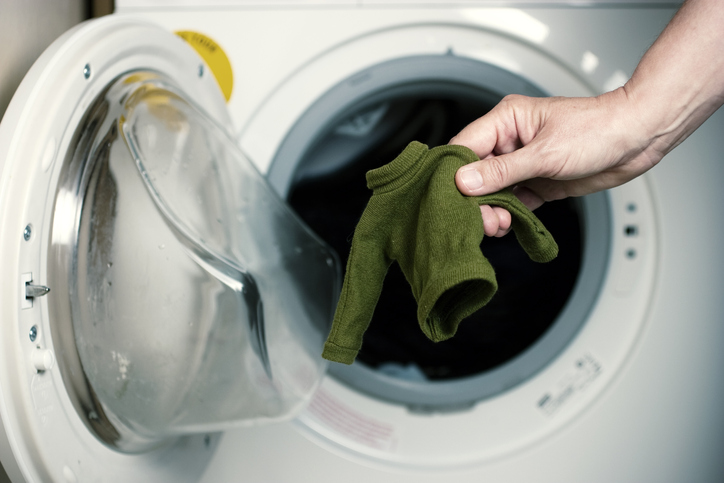How to Dry a Mattress Cover: Tips and Tricks
Mattress covers are an essential part of keeping your bed clean and protected. However, accidents happen and sometimes your mattress cover may get wet or dirty. So, what do you do when you need to dry it? Here are some tips and tricks to help you properly dry your mattress cover and keep it in top condition.
How to Properly Dry a Mattress Cover
The first step to properly drying a mattress cover is to check the care instructions on the label. Some mattress covers may be able to be machine washed and dried, while others may need to be hand washed and air dried. It’s important to follow these instructions to avoid damaging the cover.
If your mattress cover is machine washable, make sure to wash it on a gentle cycle with cold water. Using hot water can cause the cover to shrink or lose its shape. Once the washing cycle is complete, remove the cover from the machine and proceed to dry it.
Can You Put a Mattress Cover in the Dryer?
The answer to this question depends on the material of your mattress cover. Most cotton and polyester covers can be dried in the dryer on a low heat setting. However, if your cover is made of delicate materials like silk or satin, it’s best to avoid putting it in the dryer as it can cause damage.
If you do decide to put your mattress cover in the dryer, make sure to use a low heat setting and avoid using any dryer sheets or fabric softeners. These products can leave a residue on the cover and affect its absorbency and breathability.
Best Ways to Dry a Mattress Cover
Aside from using a dryer, there are other ways to dry a mattress cover, depending on the material and your personal preference. Here are some of the best ways to dry a mattress cover:
Air Drying: If your mattress cover is not machine washable, the best way to dry it is by air drying. Simply lay the cover flat on a clean surface or hang it on a clothesline to dry. This method may take longer, but it is gentle on the cover and avoids any risk of damage.
Hair Dryer: For a quicker drying process, you can use a hair dryer on a low heat setting. Make sure to hold the dryer at least 6 inches away from the cover and move it around to avoid concentrating heat on one spot. This method is best for smaller areas or spot cleaning.
Ironing: If your mattress cover is wrinkled after washing, you can use an iron on a low heat setting to smooth out the wrinkles. Place a thin towel between the cover and the iron to avoid any direct heat contact.
How to Dry a Waterproof Mattress Cover
Waterproof mattress covers are designed to protect your mattress from spills and accidents. However, they also need to be properly dried to maintain their effectiveness. The best way to dry a waterproof mattress cover is by air drying. Avoid using high heat or putting it in the dryer, as this can damage the waterproof layer and reduce its effectiveness.
If the cover is only slightly wet, you can also use a hair dryer or iron on a low heat setting to speed up the drying process.
Can You Machine Wash and Dry a Mattress Cover?
Again, this depends on the material of your mattress cover. Most covers can be machine washed and dried, but it’s always best to check the care instructions first. If your cover is machine washable, make sure to use a gentle cycle and cold water to avoid any damage.
For covers that are not machine washable, you can spot clean them with a mixture of mild detergent and water. Make sure to rinse the cover thoroughly and air dry it afterwards.
How to Dry a Memory Foam Mattress Cover
Memory foam mattress covers require special care when it comes to drying. These covers should never be put in the dryer, as the heat can damage the memory foam and affect its shape and support. The best way to dry a memory foam mattress cover is by air drying it.
Lay the cover flat on a clean surface and allow it to air dry completely before using it again. You can also use a fan to speed up the drying process. Avoid wringing or squeezing the cover, as this can damage the memory foam.
What to Do if Your Mattress Cover Shrinks in the Dryer
If your mattress cover ends up shrinking in the dryer, don’t panic. There are a few things you can try to stretch it back to its original size:
Stretching: Lay the cover flat on a clean surface and gently stretch it in all directions. You can also use your hands to massage the fabric and help it regain its shape.
Steam: Using a steamer, gently steam the cover to relax the fibers and allow them to stretch back to their original size. Be careful not to use too much heat, as this can damage the cover.
Washing and Air Drying: If the above methods don’t work, you can try washing the cover again in cold water and air drying it. This may help to expand the fabric and stretch it back to its original size.
How to Dry a Mattress Cover Without a Dryer
If you don’t have access to a dryer, there are still ways to dry your mattress cover effectively. Here are some tips for drying a mattress cover without a dryer:
Hang it Outside: Hang the cover on a clothesline or hanger outside in a well-ventilated area. The sun and wind can help to dry the cover quickly and naturally.
Use a Fan: Place a fan near the cover to help circulate air and speed up the drying process.
Use a Hair Dryer: As mentioned earlier, you can also use a hair dryer on a low heat setting to dry the cover. Make sure to hold it at least 6 inches away from the cover and move it around to avoid concentrated heat.
Can You Dry a Mattress Cover on High Heat?
It’s best to avoid drying your mattress cover on high heat, as this can cause damage to the fabric and shrinkage. If you need to use a dryer, make sure to use a low heat setting or air dry it instead.
Overall, properly drying your mattress cover is essential to maintain its quality and prolong its lifespan. Whether you choose to use a dryer or air dry it, make sure to follow these tips and tricks to keep your mattress cover in top condition.
Can You Dry a Mattress Cover?

The Importance of Properly Caring for Your Mattress Cover
 A mattress cover is an essential part of maintaining the cleanliness and longevity of your mattress. It acts as a protective barrier, shielding your mattress from spills, stains, and other potential damage. However, just like your sheets and other bedding, your mattress cover will eventually need to be cleaned. While the thought of washing and drying a mattress cover may seem daunting, it is a necessary step in ensuring the health and cleanliness of your bed. So, can you dry a mattress cover? The short answer is yes, but there are a few important things to keep in mind.
A mattress cover is an essential part of maintaining the cleanliness and longevity of your mattress. It acts as a protective barrier, shielding your mattress from spills, stains, and other potential damage. However, just like your sheets and other bedding, your mattress cover will eventually need to be cleaned. While the thought of washing and drying a mattress cover may seem daunting, it is a necessary step in ensuring the health and cleanliness of your bed. So, can you dry a mattress cover? The short answer is yes, but there are a few important things to keep in mind.
The Do's and Don'ts of Drying a Mattress Cover
 When it comes to drying a mattress cover, there are a few key do's and don'ts to follow. First and foremost, it is important to always check the care label on your mattress cover before proceeding with any cleaning method. This will provide you with specific instructions on how to properly care for your particular mattress cover. Some covers may be able to be machine dried, while others may need to be air-dried. It is important to follow these instructions to avoid damaging your mattress cover.
If your mattress cover is safe to be machine dried, it is recommended to do so on a low or medium heat setting. This will help prevent shrinkage and maintain the integrity of the fabric. Additionally, it is important to avoid using high heat or long drying cycles, as this can also cause damage to the cover. It is also important to avoid using fabric softener or dryer sheets, as they can leave a residue on the cover and reduce its effectiveness.
When it comes to drying a mattress cover, there are a few key do's and don'ts to follow. First and foremost, it is important to always check the care label on your mattress cover before proceeding with any cleaning method. This will provide you with specific instructions on how to properly care for your particular mattress cover. Some covers may be able to be machine dried, while others may need to be air-dried. It is important to follow these instructions to avoid damaging your mattress cover.
If your mattress cover is safe to be machine dried, it is recommended to do so on a low or medium heat setting. This will help prevent shrinkage and maintain the integrity of the fabric. Additionally, it is important to avoid using high heat or long drying cycles, as this can also cause damage to the cover. It is also important to avoid using fabric softener or dryer sheets, as they can leave a residue on the cover and reduce its effectiveness.
Alternative Drying Methods
 If your mattress cover is not safe to be machine dried, there are alternative methods for drying it. One option is to air-dry the cover by laying it flat on a clean surface. This may take longer, but it is a gentler method that can help preserve the quality of the cover. Another option is to hang the cover outside on a clothesline, allowing it to dry in the fresh air and sunlight. Just be sure to avoid any direct sunlight, as this can cause fading and damage to the fabric.
If your mattress cover is not safe to be machine dried, there are alternative methods for drying it. One option is to air-dry the cover by laying it flat on a clean surface. This may take longer, but it is a gentler method that can help preserve the quality of the cover. Another option is to hang the cover outside on a clothesline, allowing it to dry in the fresh air and sunlight. Just be sure to avoid any direct sunlight, as this can cause fading and damage to the fabric.
In Conclusion
 In conclusion, properly caring for your mattress cover is crucial in maintaining the cleanliness and longevity of your mattress. While it may seem like a daunting task, with the right approach, drying your mattress cover can be a simple and effective process. Just remember to always follow the care instructions, avoid high heat and fabric softeners, and consider alternative drying methods if necessary. By taking these steps, you can ensure that your mattress cover will continue to protect your mattress for years to come.
In conclusion, properly caring for your mattress cover is crucial in maintaining the cleanliness and longevity of your mattress. While it may seem like a daunting task, with the right approach, drying your mattress cover can be a simple and effective process. Just remember to always follow the care instructions, avoid high heat and fabric softeners, and consider alternative drying methods if necessary. By taking these steps, you can ensure that your mattress cover will continue to protect your mattress for years to come.
































































































